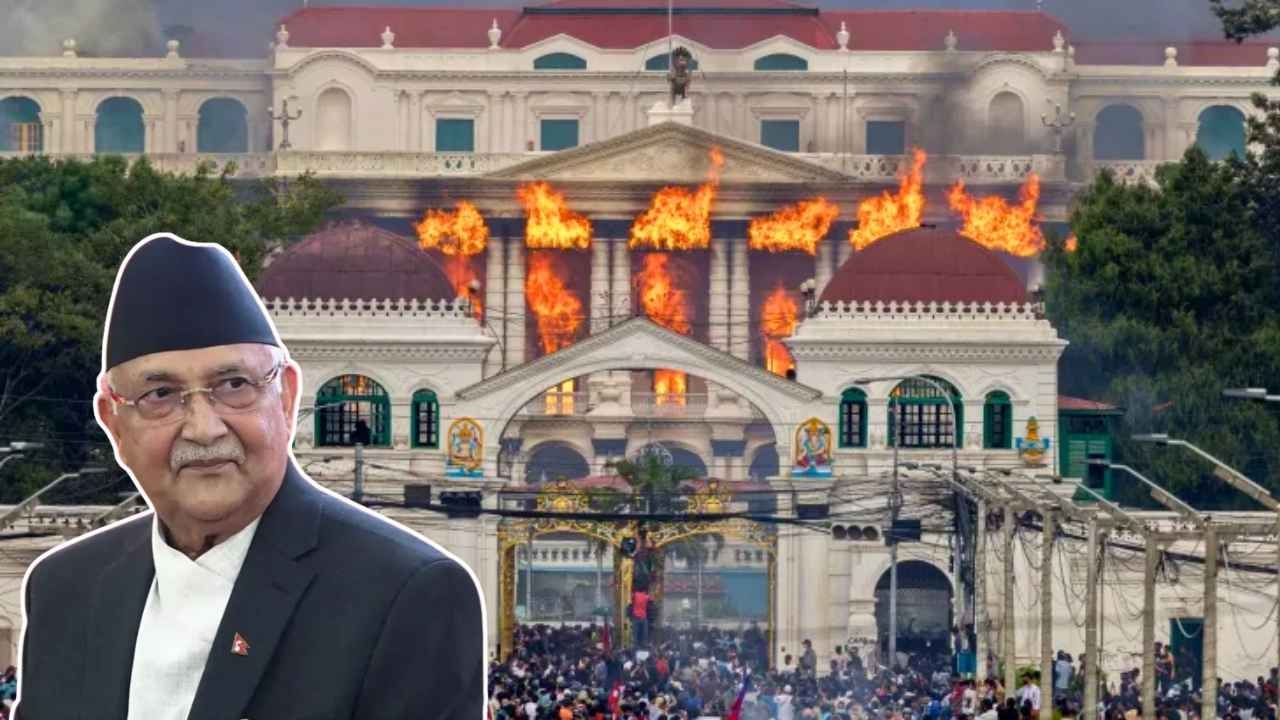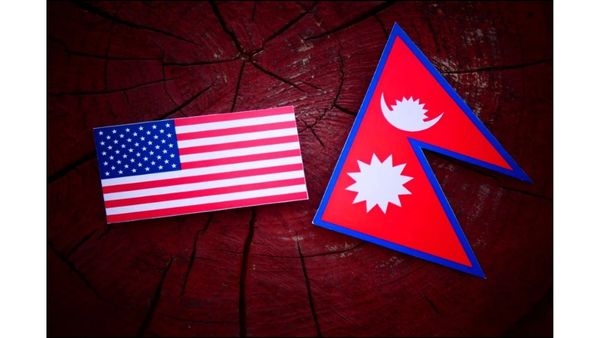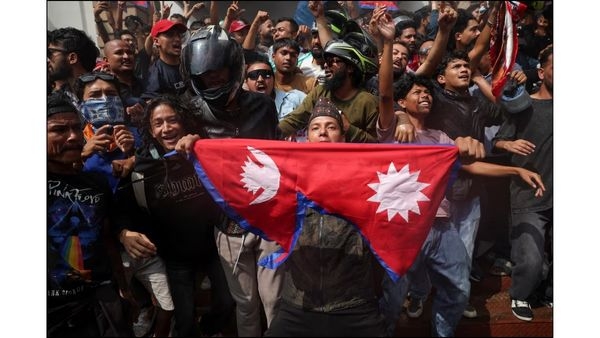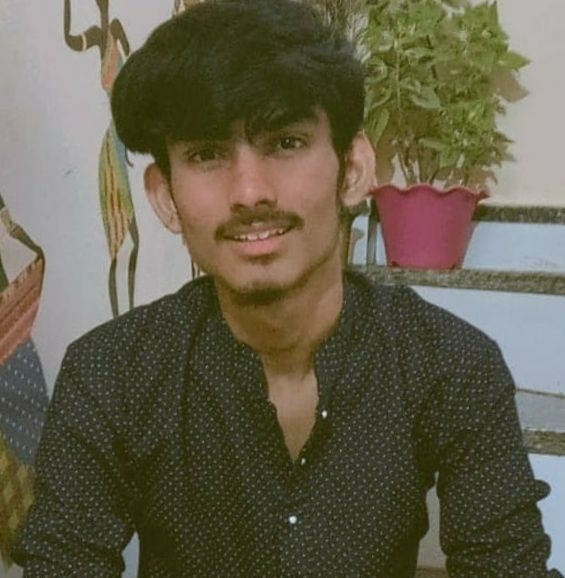Nepal, left in fire and ashes, PM K.P. Sharma Oli resigns, protesters torch Nepal’s Parliament
What began as outrage against a social media ban has become a nationwide revolt, forcing Oli to resign amid Parliament torched by protesters.
Total Views |

Thousands of Nepal’s youth took to the streets in unprecedented protests on Monday (8 September 2025) following a sweeping government ban on major social media platforms. What began as peaceful demonstrations soon turned violent, leaving at least 19 dead and over 400 injured. Authorities imposed curfews in Kathmandu and other major cities after protesters breached Parliament premises and targeted the homes of politicians.
Nepal’s Prime Minister K.P. Sharma Oli resigned on Tuesday, 9 September, as Gen Z-led protests escalated in Kathmandu and across the country for a second consecutive day. His resignation was confirmed by his secretariat.
The immediate spark
The protests were triggered by the government’s decision on 4 September to block 26 social media platforms, including Facebook, WhatsApp, Instagram, X and YouTube, after the companies failed to comply with a deadline to register locally, appoint grievance officers and remove flagged content.
Issuing a public notice, the Ministry of Communications and Information Technology said it had “ordered the Nepal Telecommunication Authority to make inactive all non-registered social media sites until they are registered.”
Who are the protesters, and what are they demanding?

The demonstrations, now widely referred to as the “Gen Z protests,” were driven largely by young Nepalis under the age of 30, many of whom came out in school or college uniforms. The protests were not formally linked to political parties and were reportedly coordinated by Hami Nepal, a youth-focused non-profit established in 2015.
Kathmandu Mayor Balendra Shah, an independent politician who rose to prominence through his active social media campaigning, has been vocal in his support for the protesters.
Beyond opposition to the social media ban, demonstrators raised broader concerns about corruption, nepotism and lack of accountability in governance. The phrase “nepo babies” became a rallying cry against what was seen as entrenched political privilege and dynastic politics.
Is America the epicentre?

The sequence of events has revived speculation that the United States may be seeking to expand its influence in Asia through Nepal. In Kathmandu’s political circles, suspicions continue to surface about whether Washington is attempting to exploit Nepal’s internal crises for strategic gain.
This is not the first time America has found itself at the centre of Nepal’s political storms. In 2022, the $500 million Millennium Challenge Corporation (MCC) grant from the US triggered violent street protests. While American officials insisted the grant was strictly for infrastructure projects such as roads and power transmission, Nepal’s left-wing parties and civil society groups accused it of undermining sovereignty and aligning Nepal with US strategic designs in the Indo-Pacific.
Although Parliament eventually ratified the deal, Kathmandu’s streets were rocked with clashes between police and protesters carrying placards accusing the US of “neo-colonial designs.” This episode cemented a perception that Washington is not merely a neutral development partner, but a power seeking leverage in Nepal’s fragile democracy.
Is Nepal the next Sri Lanka, Bangladesh or Pakistan?

From Sri Lanka’s economic crisis and the ouster of Imran Khan in Pakistan to regime change in Bangladesh, a familiar script has played out: mass protests culminating in government collapse. Nepal now finds itself following a similar path after two days of violent demonstrations shook the Himalayan nation.
What began as opposition to a social media ban rapidly escalated into anti-corruption protests, ultimately forcing Prime Minister Oli to resign. Reports suggest President Ramchandra Paudel has also fled to Dubai alongside Oli.
Even after the government lifted the ban, protests refused to subside. Chants of “KP chor, desh chhod” (Oli is a thief, quit the country) echoed through Kathmandu. On Tuesday, 9 September, agitators vandalised and set fire to the private residences of President Paudel, Oli and other ministers. The Hilton Hotel in Kathmandu, owned by a ruling party leader, was also set ablaze.
The unrest reached its peak as Nepal’s Parliament itself was torched and the offices of the Nepali Congress stormed. Protesters appear to be selectively targeting government buildings and residences of political leaders.
The scenes bore striking resemblance to those witnessed in Bangladesh in 2024 and Sri Lanka in 2022, where spontaneous youth-led protests spiralled into violence. Images of demonstrators looting furniture, lounging in bedrooms, and even taking dips in private swimming pools became symbolic of collapsing authority. In both cases, leaders such as Bangladesh’s Sheikh Hasina and Sri Lanka’s Gotabaya Rajapaksa fled their countries.
Nepal now risks becoming the latest South Asian state to be pushed into political chaos, its fragile democracy under siege from both internal anger and suspicions of external influence.
Article by

Kewali Kabir Jain
Journalism Student at Makhanlal Chaturvedi National University of Journalism and Communication

